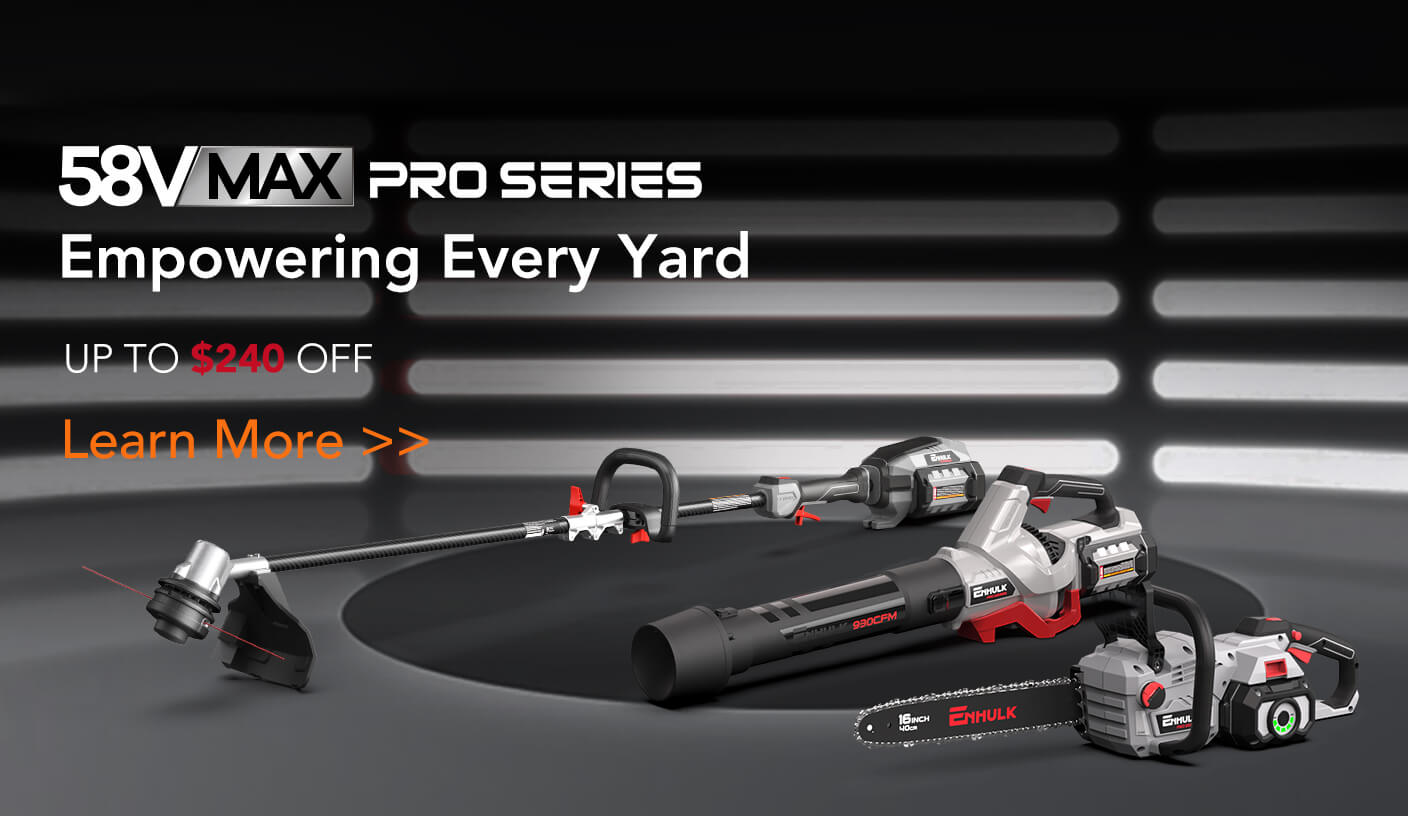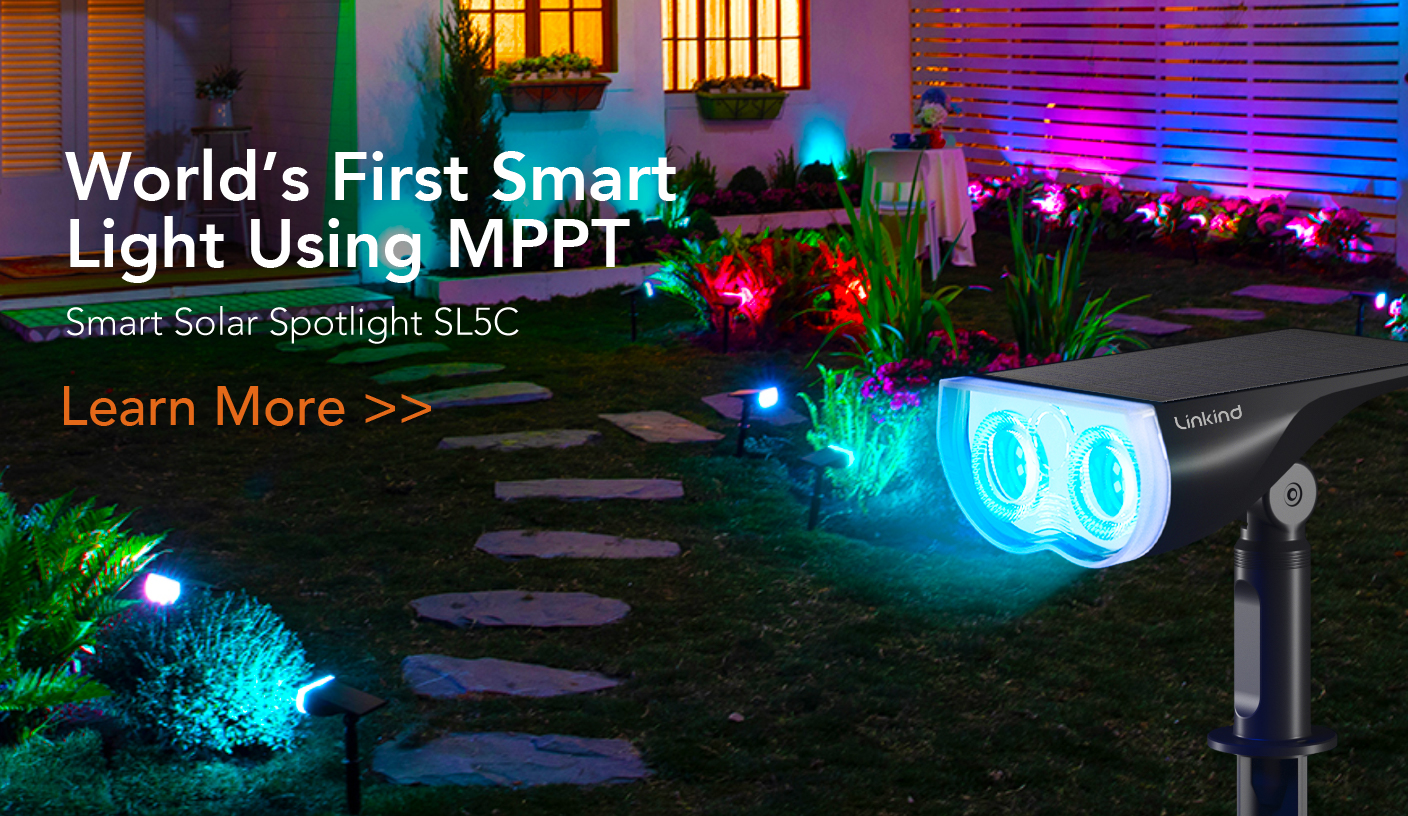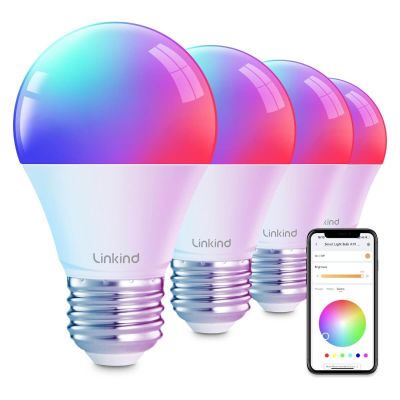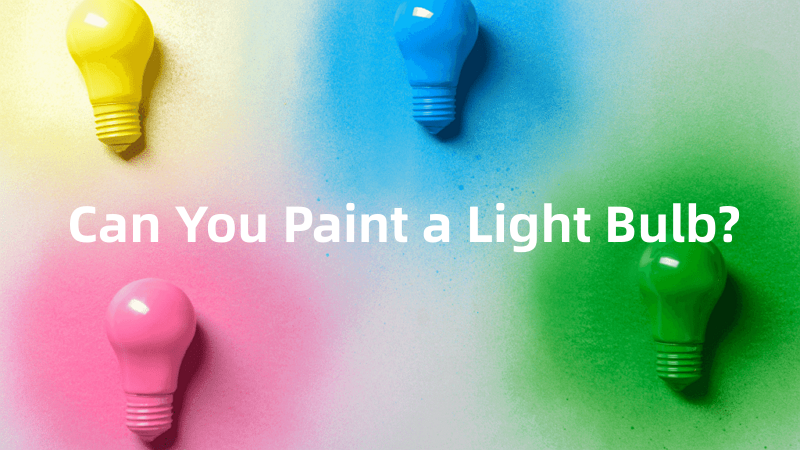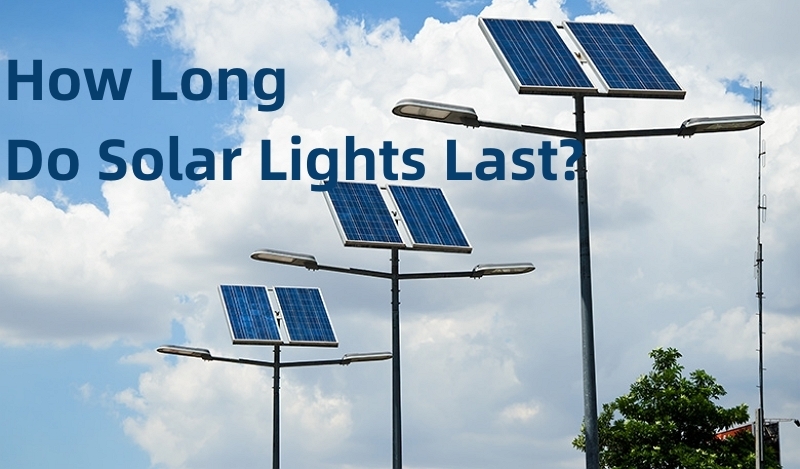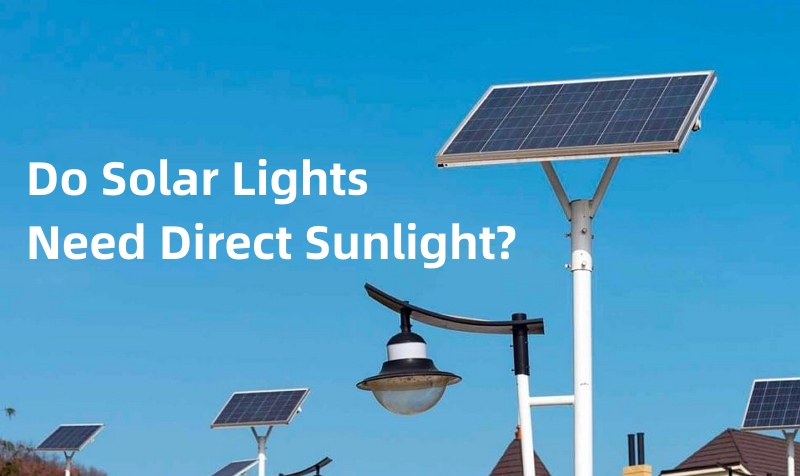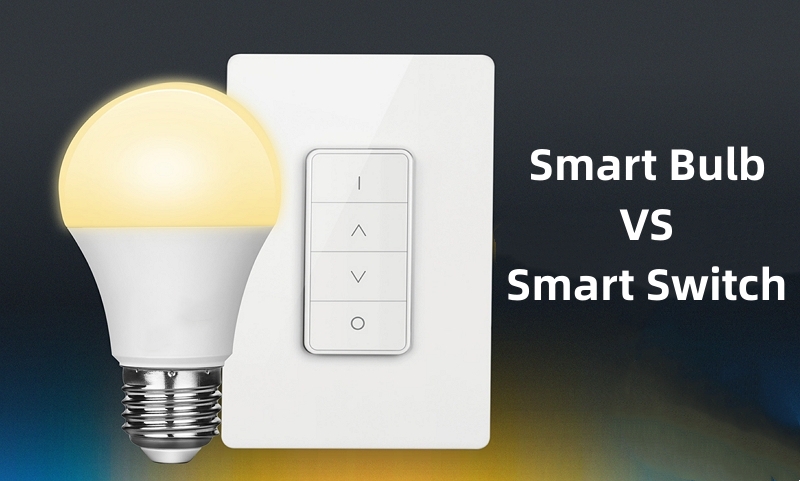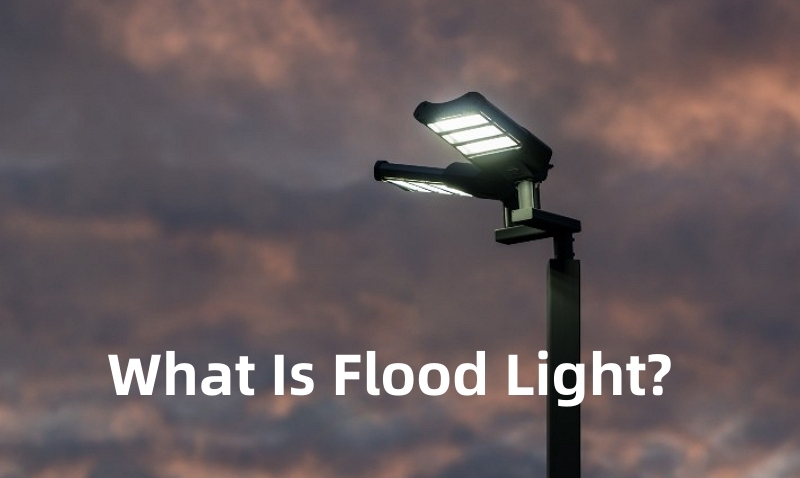The question of recyclability is as essential as it is for any other waste we produce. The common household item, the light bulb, is no exception. The intricate composition of different types of light bulbs raises the question, are light bulbs recyclable? The answer varies depending on the type of bulb in question.
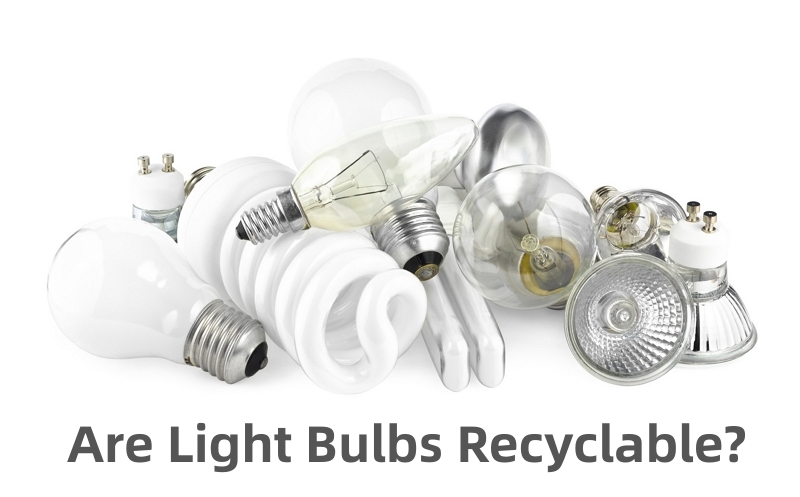

Part 1. Different Types of Light Bulbs and Their Recyclability
1. LED Light Bulbs
Light Emitting Diodes, or LEDs, represent a major leap forward in lighting technology, lauded for their exceptional energy efficiency and extended lifespan. LEDs work by passing a current through a semiconductor, which emits light - a process that uses less energy and generates less heat than traditional lighting methods.
Recyclability
Unlike many other types of light bulbs, LED bulbs are recyclable, embodying an eco-friendly design philosophy. Their construction does not incorporate hazardous materials, but they do contain valuable elements such as copper and nickel.
Disposal Instructions
When it comes to disposal, it's recommended to take LED light bulbs to a recycling facility, where these precious metals can be recovered and reused. Alternatively, some LED manufacturers provide mail-back programs to facilitate responsible disposal and recycling.
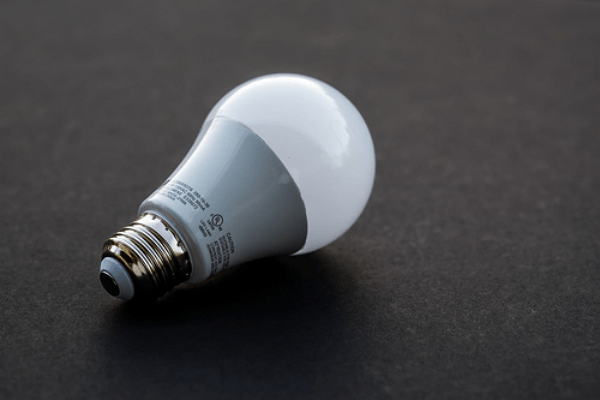

2. Incandescent Light Bulbs
As the venerable forebears of modern lighting, incandescent light bulbs have illuminated homes, workplaces, and public spaces for well over a century. These bulbs utilize a simple but effective mechanism: they pass an electric current through a thin tungsten filament, causing it to glow and emit light. The warm, familiar light produced by incandescent bulbs has been a staple of interior lighting across the globe.
Recyclability
Though they are not hazardous and do not contain harmful chemicals, incandescent bulbs pose a challenge when it comes to recyclability. Their low metal content, primarily the small amount of tungsten filament and a brass base, renders them a less attractive prospect for widespread recycling efforts. As such, they are often left out of mainstream recycling processes.
Disposal Instructions
With their limited recyclability, creative repurposing can be an eco-friendly alternative for incandescent bulbs. They can be turned into vases, terrariums, decorative ornaments, or even mini greenhouses for seed starting. However, if you can't find a way to reuse them, their disposal is straightforward: they can be safely discarded in your regular household waste. Always ensure to wrap the bulb in a paper bag or bubble wrap to prevent injury from potential breakage when discarding.
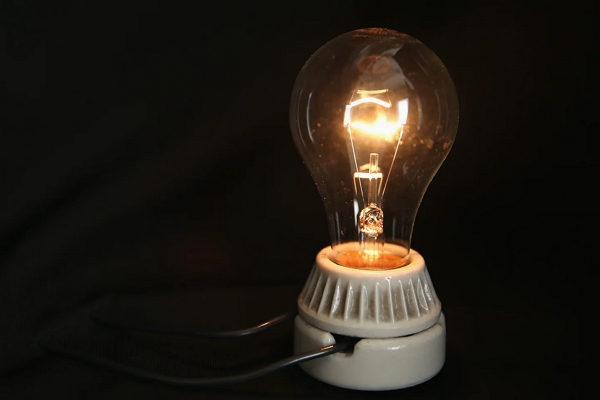

3. Halogen Bulbs
As a specific type of incandescent bulb, halogen bulbs are known for producing bright, white light that closely mimics natural daylight. They work using a halogen gas that re-deposits evaporated tungsten back onto the filament, increasing its lifespan.
Recyclability
Most recycling facilities do not accept halogen bulbs, due to the challenges in separating their components.
Disposal Instructions
However, they do contain small amounts of reusable tungsten and glass, so if there's a specialized facility nearby, it's worth exploring this option. If not, they can be discarded with your regular household waste.
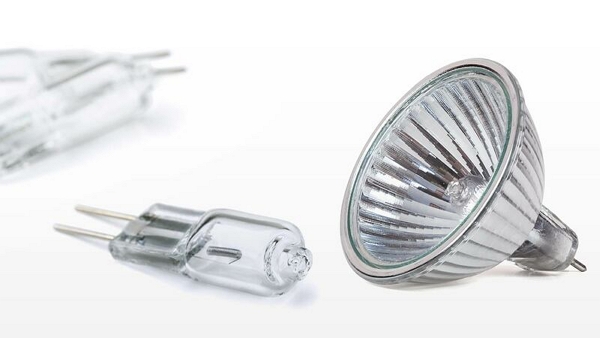

4. Fluorescent Tubes
These lights, which include linear, U-tube, and circline types, are popular choices for lighting larger spaces, thanks to their efficient light output and low operating cost.
Recyclability
Due to the small amount of mercury inside these bulbs, they're classified as hazardous waste and are recyclable under special conditions.
Disposal Instructions
It's imperative that fluorescent tubes are never disposed of in regular trash. They should be taken to a designated recycling facility or a special collection event to ensure correct handling and recycling.
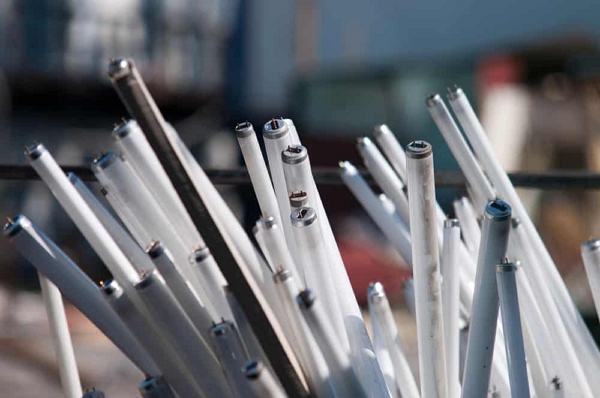

5. CFL Bulbs
Compact Fluorescent Lights, or CFLs, are miniaturized versions of full-sized fluorescents designed to replace traditional incandescent bulbs. They offer energy savings and a longer lifespan.
Recyclability
Like their larger counterparts, CFLs contain a small quantity of mercury, which classifies them as recyclable under certain guidelines.
Disposal Instructions
CFLs should never be thrown away with regular household trash. Instead, bring them to a recycling facility, a collection event, or make use of retailer take-back programs. This ensures they are disposed of safely, preserving both human health and the environment.
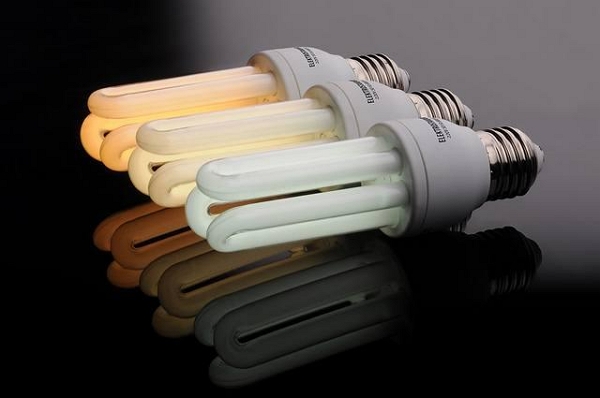

Part 2. What Are the Benefits of Recycling Light Bulbs?
Now that we have taken a look at some common types of light bulbs, let’s talk about the benefits of recycling light bulbs. The practice of recycling light bulbs comes with numerous advantages such as:
1. Environmental Protection
One of the key benefits of recycling light bulbs, particularly fluorescent tubes and compact fluorescent lights (CFLs), is the prevention of environmental harm. These bulbs contain a small amount of mercury, a potent neurotoxin that can damage the environment and harm living organisms if not disposed of properly. By recycling, we ensure that these hazardous materials are safely handled and don't end up polluting our soil, air, and water.
2. Reduction in Landfill Waste
Every year, vast amounts of waste are disposed of in landfill sites. As these sites fill up, we're faced with the problem of finding new areas for waste disposal, which can lead to habitat destruction and other environmental issues. When we recycle light bulbs, we significantly reduce the volume of waste sent to landfills. This conservation of landfill space is a crucial aspect of waste management and environmental stewardship.


3. Resource Reclamation
Recycling light bulbs also allows us to reclaim valuable resources. Bulbs are made from a variety of materials, including metal, glass, and plastic, all of which can be repurposed. Recycling facilities can extract these materials and use them to manufacture new products. This practice reduces the demand for raw materials, which in turn decreases the energy consumption associated with mining and processing, resulting in a lower carbon footprint.
4. Energy Efficiency
Recycling leads to energy savings at multiple stages. The process of extracting and refining raw materials for production is often more energy-intensive than recycling existing materials. Also, newer bulbs, like LEDs and CFLs, are more energy-efficient than their older counterparts, like incandescent bulbs. By recycling and opting for more energy-efficient lighting options, we reduce energy usage, which translates into lower greenhouse gas emissions and less global warming.
5. Economic Growth
Recycling contributes to economic growth by creating jobs in the recycling and manufacturing industries. It also stimulates the economy by reducing the cost of producing new items, as recycled materials are typically less expensive to process than virgin materials.
Part 3. Tips on Recycling Light Bulbs
Recycling light bulbs isn't as simple as tossing them into a recycling bin. Each type of bulb requires specific handling. Here are five essential tips to remember when recycling light bulbs:
- Cool Bulbs: To ensure safety when handling used bulbs, always wait for them to cool down. This mitigates the risk of burns and reduces the likelihood of accidental breakage.
- Protective Bag: It's prudent to place used bulbs in a plastic bag before moving them. This measure can prevent potential breakage and contain any fragments should the bulb shatter.
- Safe Storage: Consider storing used bulbs in a sturdy box until they can be disposed of properly. This keeps your home tidy, avoids multiple disposal trips, and ensures the box is unreachable by children and pets.
- Mercury Bulbs: Extra care is needed with fluorescent and CFL bulbs as they contain mercury. Never dispose of them in regular household waste. If broken, clean up safely following EPA guidelines.
- Local Guidelines: Be aware of local waste facility guidelines before recycling your bulbs. This can inform you of unique procedures, collection events, or programs that ensure your bulbs are disposed of properly.
Part 4. Grab a New LED Light Bulb Now!
If you're contemplating making your household eco-friendlier and energy-efficient, it might be the perfect time to replace your old bulbs with superior alternatives, like the AiDot BR30 WiFi Smart RGBTW Flood Light Bulb. This is not just any ordinary LED bulb; it combines cutting-edge technology with environmentally responsible design, taking your home lighting to a new level of sustainability and convenience.
Being an LED bulb, it's inherently energy-efficient and lasts longer than traditional light sources, which already reduces its environmental impact through decreased energy use and waste. But what sets the AiDot BR30 apart is that it's also designed with recyclability in mind, meaning it won't contribute to harmful e-waste at the end of its life cycle.
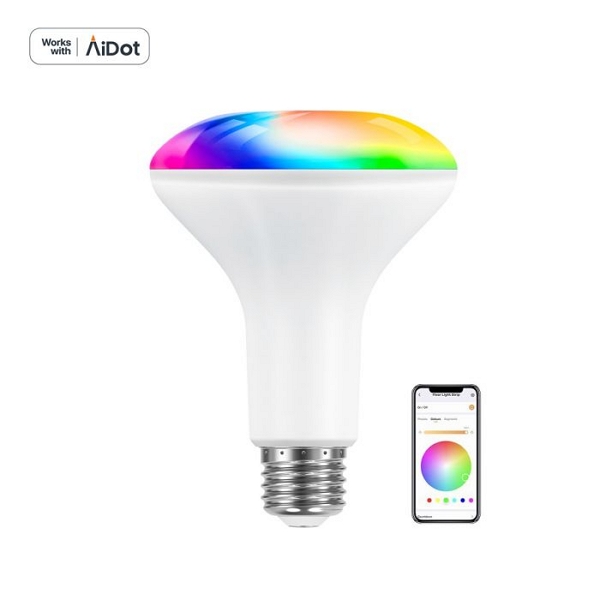

- Recyclable: Contributes to reduced environmental impact and waste.
- Energy-Efficient: Offers significant electricity savings over time.
- RGBTW Technology: Provides a wider range of colors and high-quality light.
- Music Sync: Change colors to the music rhythm based on your preferences.
- App Control: Allows convenient app-based control of brightness and color.
- Voice Control: Integrates with Google Home and Amazon Alexa for smart voice control.
[Bonus Now]: Here is an exclusive coupon code only found in blog posts. Save it now (AiDotBG01) and get 10% off at AiDot mall!
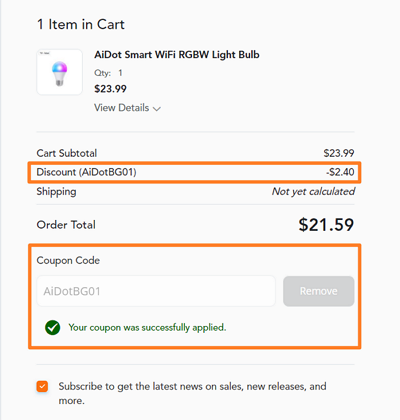

Conclusion
The recyclability of light bulbs depends on their type. While LED bulbs are recyclable, others like incandescent and halogen bulbs are not and should be disposed of appropriately. Fluorescent tubes and CFL bulbs, due to their mercury content, should be taken to a recycling facility. By responsibly recycling our light bulbs, we can play a significant part in conserving the environment and its valuable resources. So, when the time comes to change a bulb, consider opting for an eco-friendly and smart choice like the AiDot BR30 WiFi Smart RGBTW Flood Light Bulb.











